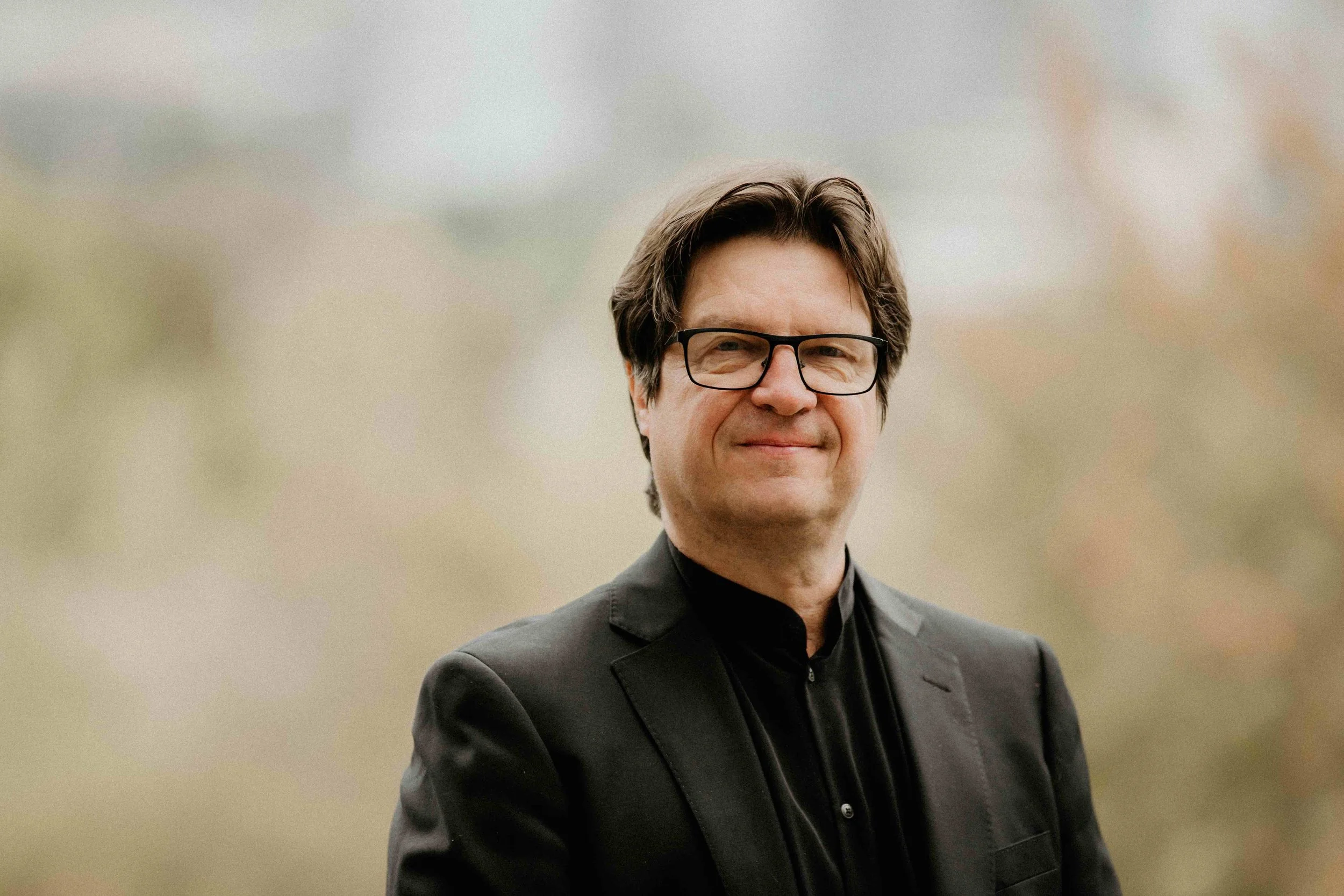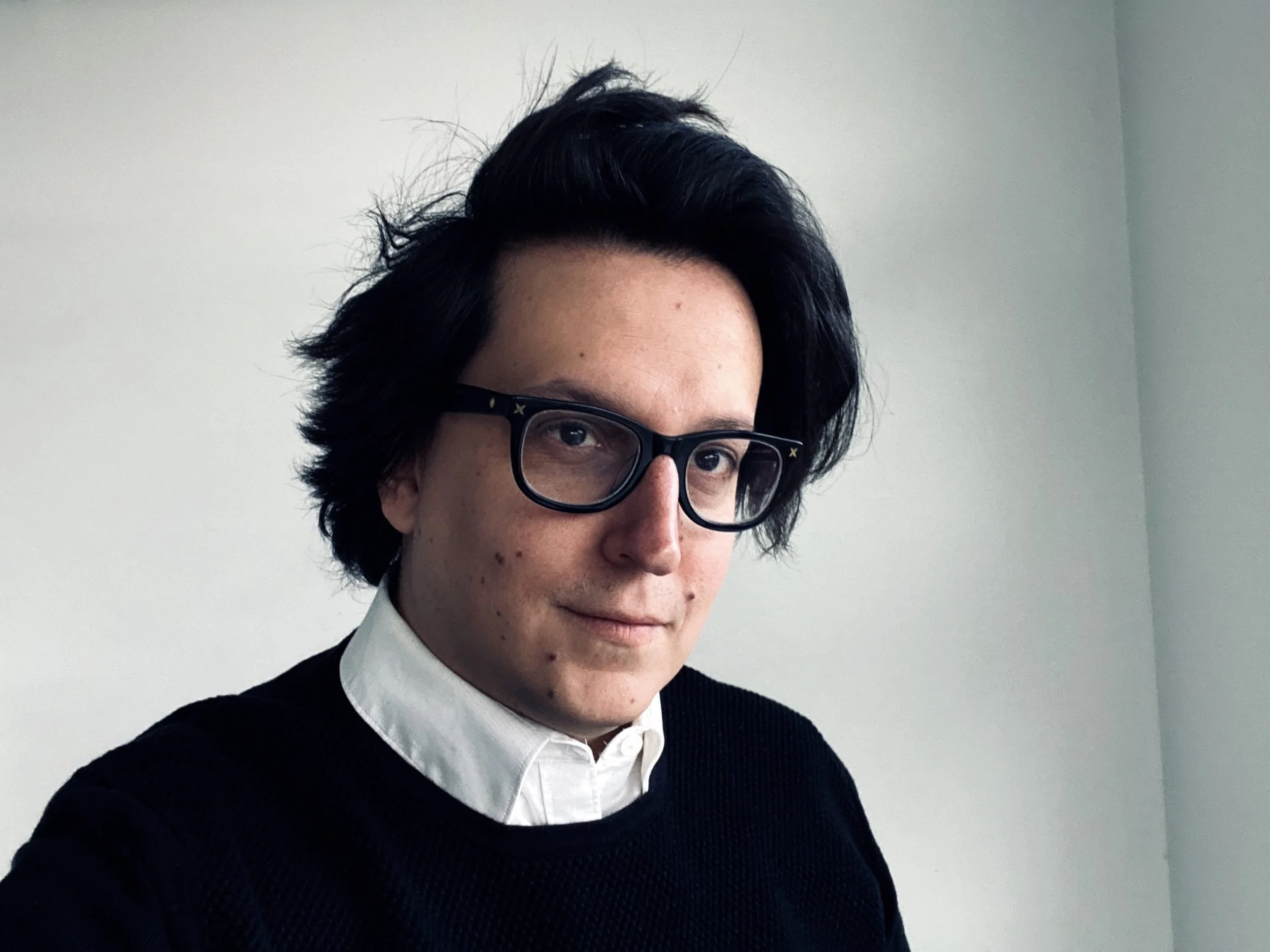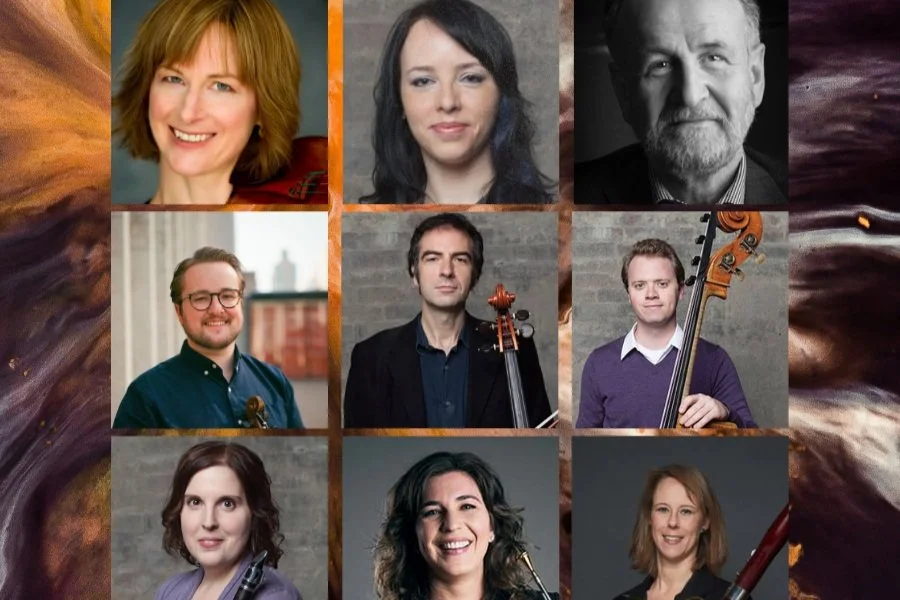Nightingales to warblers, La Rêveuse: The Birds Concert draws inspiration from avian song
French ensemble goes beyond sonic beauty with compelling ecological message in Early Music Vancouver program
Benjamin Perrot and Florence Bolton of France’s La Rêveuse. Photo by Jean Dubrana
Vancouver Early Music presents La Rêveuse in The Birds Concert at Christ Church Cathedral on Friday, April 21
SPRING HAS ARRIVED on the southwest coast, which means that the varied thrush and the raven have been joined by a whole host of mellifluous passerines, all twittering their little hearts out. Make no mistake, though: all of this sound is purposeful. Whether to advertise for a mate, stake out territory, or warn of predators, birdsong has evolved to be as functional as wing or beak or talon.
To our human ears, however, its function is primarily aesthetic. Yes, some hunter-gatherers know birdsong well enough that it can alert them to the presence of game animals or honey, and even the most denatured city-dweller can follow the din of crows to locate a hidden owl. But even our name for birdsong’s loudest manifestation—the dawn chorus—puts it squarely in the realm of the arts.
And it may have always been so.
“We don't know what happened in prehistory, but that was when the first flutes were made,” says Florence Bolton, co-artistic director and viola da gambist of the French early-music quartet La Rêveuse. “They were made from bird bones, so one can speculate that the first musical instruments were made to imitate birdsong, and that birds, not us, were the real inventors of music.
“As soon as writing and its share of legends and myths appeared in antiquity, you can see that humans were trying to appropriate a number of animal inventions,” she continues, in an email interview translated by Early Music Vancouver artistic director Suzie LeBlanc. “The story of Orpheus, whose songs charmed even the wildest animals, is intended to show the superiority of human music over that of the animals! Many old ornithology books say that birds are fascinated by human music and are eager to learn it. And yet birds have always interested composers, which proves that birdsong indeed does fascinate us. At least, that's what I hope is true!’
Bolton and La Rêveuse make a strong case for this theory in The Birds Concert, which Early Music Vancouver will sponsor at Christ Church Cathedral on Friday (April 21). And while the show, like birdsong itself, can be appreciated as an exercise in sonic beauty, it also has a serious purpose.
“This desire to collect music about birds came, in part, from the idea of mounting a big thematic project, one which included a show for young audiences and talked about the link between birds and music,” Bolton says. “It also came from the awareness that, because of pollution, the intensive use of pesticides, climate change, etc., birds are at risk of disappearing entirely from our landscapes. We don’t often think of birds as ‘heritage’ but if they were suddenly to disappear, we would miss them a lot!”
Assembling the program, which incorporates works by Jakob Van Eyck, Henry Purcell, Theodor Schwartzkopff, and a number of their French contemporaries, was a kind of environmental study in itself, with a necessary focus on diversity. “Choices had to be made so as not to have a program of nothing but cuckoo songs!” Bolton notes. “The world of birds in music is relatively small, and populated mostly by cuckoos and nightingales. We had to find other birds to put together an interesting program, and one which jibed with our instrumental lineup.”
Cuckoos—and hens—do feature prominently in some of the more comic numbers, but they’re counterbalanced by works inspired by “several other little passerines,” according to Bolton. “François Couperin's Les Fauvettes plaintives (‘The Plaintive Warblers’),” she enthuses, “is a little marvel.”
There’s a connection, she continues, with the Age of Enlightenment and the rise of a science-based approach to the natural world.
“In France, the 18th century is the era of the great naturalist journeys of La Pérouse, de Buffon and his Histoire Naturelle, and also the time of Jean-Jacques Rousseau and François Couperin,” she explains. “Musicians took an interest in birds, [and in art] the new fashion was to paint birds within their natural environment. ‘Soundscapes’ became very fashionable with the likes of [20th-century musician and ecologist] Bernie Krause but already, Couperin and his harpsichord were creating a sonorous world in 18th-century France. Let us also not forget the great Jean-Philippe Rameau, who made it a point of honour to attempt to realistically mimic the cackle of a hen in his famous harpsichord piece La Poule, just like Buffon tries to describe with precision the life of animals in their natural environment.”
Despite playing on period-correct instruments, the members of La Rêveuse won’t limit themselves to period repertoire. Also on the program are Camille Saint-Saëns’s “Le Coucou au fond des bois” and “Poules et coqs”, both from his Carnival of the Animals suite, and Maurice Ravel’s “Laideronnette impératrice des pagodes”, from his Mother Goose-inspired Ma Mère L’Oye. This is not quite as much of a conceptual and stylistic leap as it might seem, however.
“Saint-Saëns and Ravel were very well acquainted with 17th- and 18th-century music, in particular with the keyboard works of Couperin and Rameau, who wrote many pieces on birds,” Bolton says. “Saint-Saëns even made Rameau known to the general public with his monumental edition of Rameau’s works. We took an interest in these 20th-century composers because of their curiosity about earlier masters. Mirroring them allows us to show their borrowings. For example, ‘Poules et Coqs’ is largely inspired by Rameau’s famous La Poule.”
Sadly missing will be anything by the 20th-century’s greatest ornithologist-composer, Olivier Messiaen. (His birds are very conceptual,” Bolton points out. “We prefer more concrete birds!”) But in its fusion of 21st-century environmentalism and gorgeous sound, The Birds Concert will clearly speak to contemporary concerns while illuminating the ancient connection between the avian world and ours.














